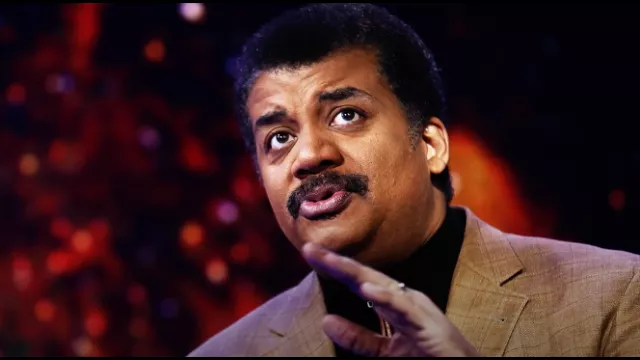In 2020, Dr. Neil deGrasse Tyson sat down with Big Think to discuss topics like dark matter, the Goldilocks Zone, and the surprising effects physics have on everyday events. Dr. Tyson explains how the search for alien life doesn't need to be limited to the Goldilocks Zone, which are the regions of space where heat from a star would allow liquid water to exist. Dr. Tyson also outlines his gripes with dark matter, a force which he argues is misnamed.
Besides Carl Sagan, few science communicators have done more to inspire and educate the public about the cosmos than astrophysicist Dr. Neil deGrasse Tyson. It’s maybe no surprise given his long career. Influenced and even briefly mentored by Sagan in the 1970s, Dr. Tyson began lecturing on astronomy at the age of 15, became the director of the popular Hayden Planetarium in 1995, hosted several episodes of Nova and the reboot of Cosmos, writes articles on science, and regularly makes media appearances to speak on scientific subjects.
In 2020, Dr. Tyson sat down with BigThink to discuss several topics about the universe. As always, his insights are exciting, insightful, and surprisingly down to Earth.
When looking for aliens, forget Goldilock.
If you want to find a potentially habitable world, conventional thinking has long said that you should look toward the Goldilocks Zone: the regions of space that lie an optimal distance away from a star. The temperatures within the Goldilocks Zone are “just right” for liquid water and life as we know it to exist, similar to the various items belonging to the baby bear in the fairy tale.




